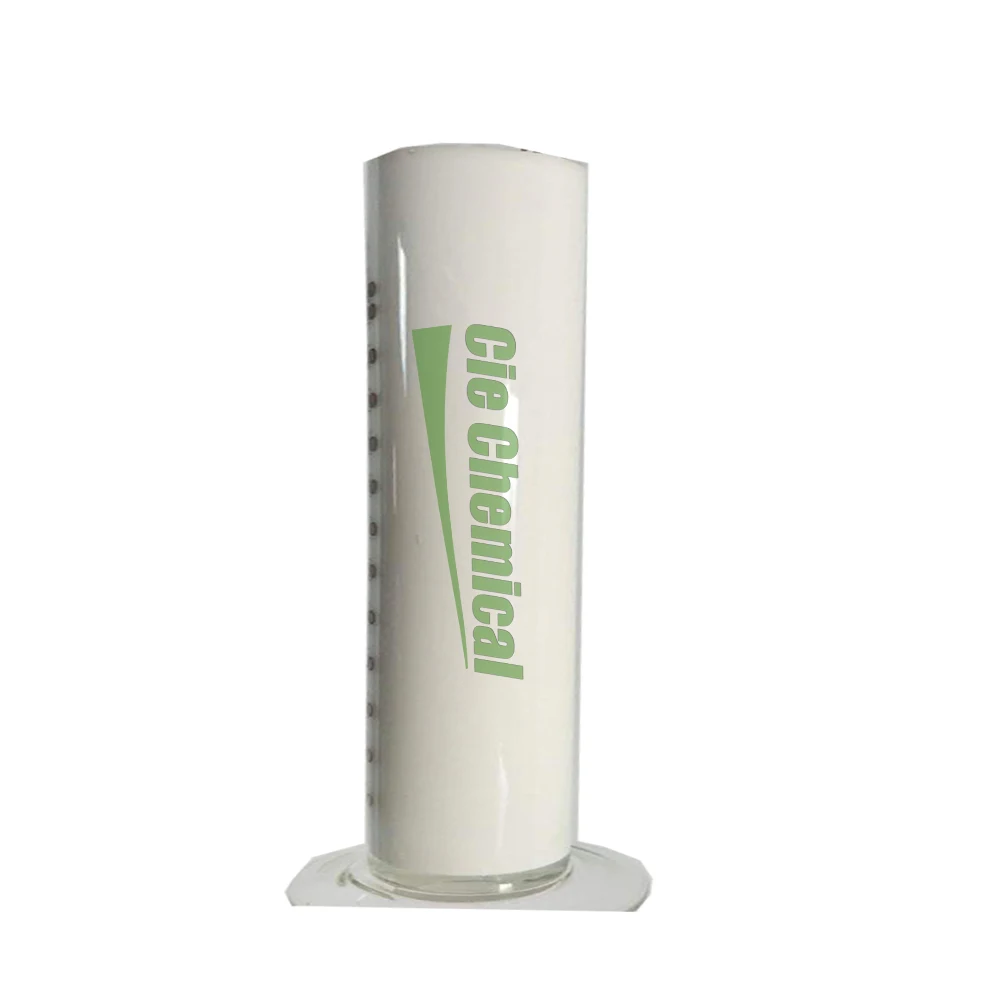Chlorothalonil fungicide Wonder drug for a planet in fever? It prevents bad fungi from growing on the plants and making them sick. Today, we’re going to find out all about chlorothalonil fungicide and how it keeps plants safe for farmers and gardeners.
People aren’t the only ones who get sick. But occasionally, they get by tiny fungi that cause them to feel weak and sad. Enter chlorothalonil fungicide! It is a shield for the trees, and protects the trees from these harmful fungi to stay nice and healthy and strong!
The application of fungicide such as chlorothalonil in agriculture has numerous advantages. It enables farmers to produce more food by protecting their crops from diseases. But it’s crucial to be careful not to abuse this medicine, because too much of it can be bad for the environment. Farmers and gardeners should always follow the label directions and use only as much pesticide as is needed to keep plants healthy.

Chlorothalonil fungicide adheres to the plants and establishes a zone that is protective. Should bad fungi try to take up residence in the plants, the fungicide, which has a waiting period of just a few hours, halts their progress dead in its tracks, keeping them from spreading and causing disease. It’s as if I have a superhero shield that protects my plants and leaves them in the same condition they were in before, unharmed!

Chlorothalonil fungicide, though an aid to plant health, is something that should be considered in terms of its environmental impact. Applied properly, it is a wonderful tool for farmers and gardeners. But if it’s misapplied or applied too often, it can be damaging to other insects, animals and water sources. This is why it is really important to use Chlorothalonil fungicide responsibly and as directed.

Taking all of these tips into consideration, chlorothalonil fungicide can be used on your plants safely while leaving little to no negative effects on the environment.